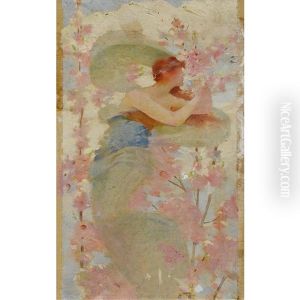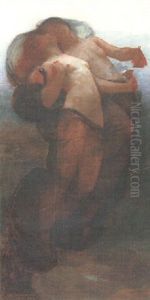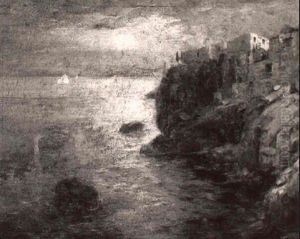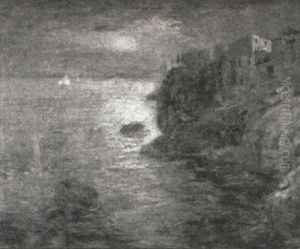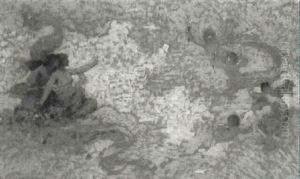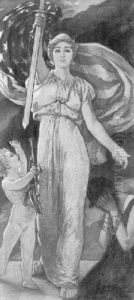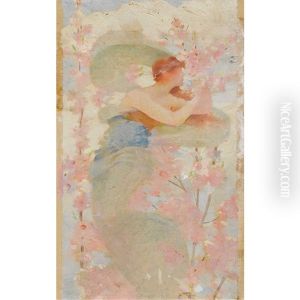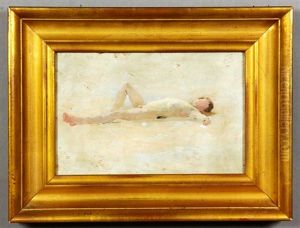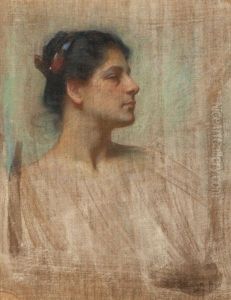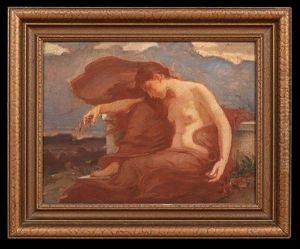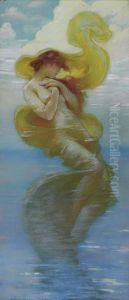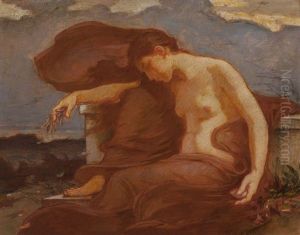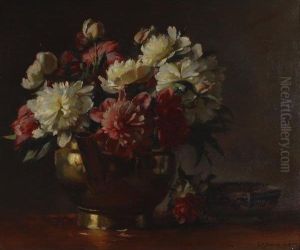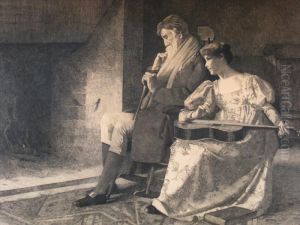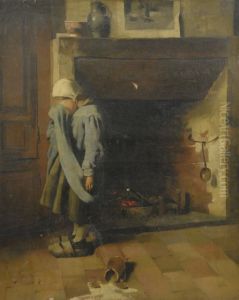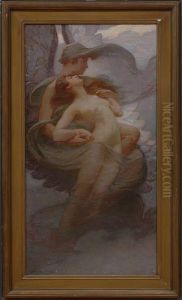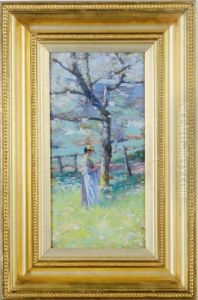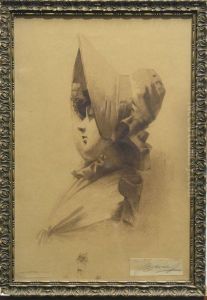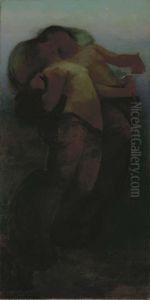George Randolph Barse Jr. Paintings
George Randolph Barse Jr. was an American artist known primarily for his decorative paintings, murals, and stained glass designs. Born on August 22, 1861, in Detroit, Michigan, Barse grew up in an environment that encouraged his early interest in art. He pursued his artistic education both in the United States and abroad, a common practice among American artists of his time seeking to refine their skills and gain exposure to the burgeoning art scenes in Europe.
In 1883, Barse moved to Paris to study at the prestigious École des Beaux-Arts, where he was influenced by the academic art movement and the works of French masters. His time in Paris was pivotal; it not only honed his skills but also deeply influenced his stylistic development. Barse was particularly drawn to the neoclassical and romantic styles, which would become hallmarks of his later works. During his European sojourn, Barse also traveled extensively, drawing inspiration from the rich cultural heritage and artistic traditions of the Old World.
Upon returning to the United States, Barse established himself as a muralist and painter of decorative panels, gaining significant commissions that included works for private residences and public buildings. One of his most notable contributions is the series of murals he created for the Library of Congress in Washington, D.C., which showcases his mastery in composition and his ability to imbue classical themes with a vibrant, contemporary sensibility.
Barse's art was characterized by its elegance, refined technique, and often, the portrayal of mythological and allegorical subjects. He was adept at capturing the ethereal beauty of his figures, imbuing them with a sense of grace and serenity that was highly admired by his contemporaries. In addition to murals and paintings, Barse also explored the medium of stained glass, contributing to the decorative arts movement in America with designs that reflected his unique aesthetic vision.
Despite his success, George Randolph Barse Jr. remains a somewhat elusive figure in the pantheon of American art, overshadowed by contemporaries who pursued more avant-garde directions. Nonetheless, his work provides a fascinating glimpse into the transitional period of American art at the turn of the 20th century, bridging the gap between the academic traditions of the 19th century and the burgeoning modernist movement. Barse continued to work and teach until his death on February 25, 1938, in Katonah, New York, leaving behind a legacy that, while perhaps not as well-known as some of his peers, is rich with the beauty and elegance of his artistic vision.
